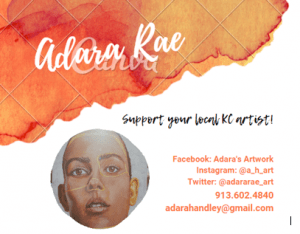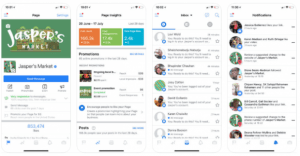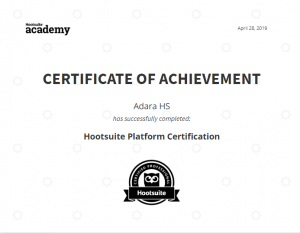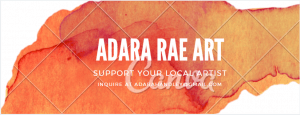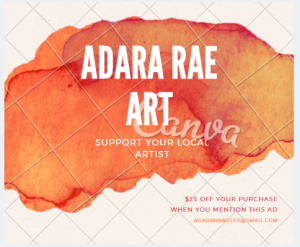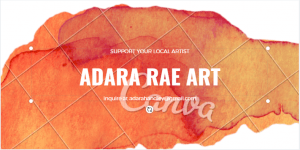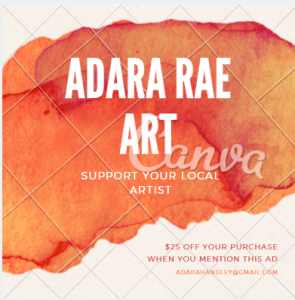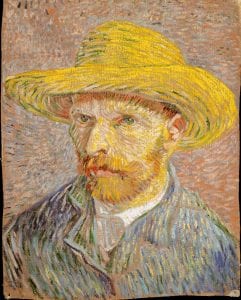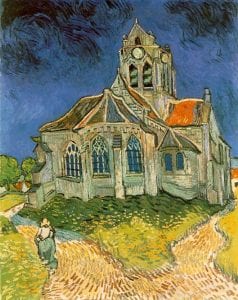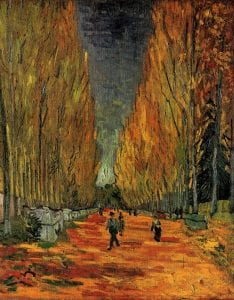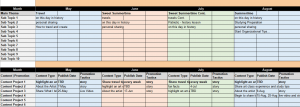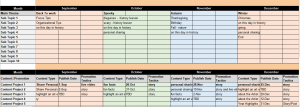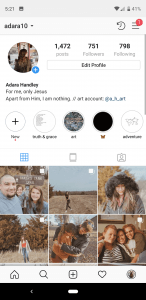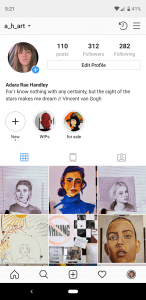Click here for Personal Brand Project with Visuals
(for some reason this blog post wasn’t letting add media)
Adara Handley
Social Media Marketing
Personal Brand Project
5/12/19
When starting this project, I was in the midst of being a full-time student, working part-time on campus at JCCC, and trying to start my small business. My long term vision for the business is to create a place that focuses on two things; community and art. After I create a more developed portfolio and gain a stronger audience I want to open a studio place open to the public and for other artists to bridge that gap that focuses on those two things; community and art. Currently, I have been taking classes for an associates degree in business administration. During the semester, it is difficult for me to do a lot of art. I didn’t take this into consideration when I assigned this project to my art business. Despite this, it was a great learning experience by learning how to directly apply what I learn in class to my future career.
I grew up with social media and have seen it evolve into a helpful and key tool for marketing whether it be for Apple or celebrities. I know the importance it has for small businesses because that is where your market is. I just didn’t know how. Throughout the semester I used what I learned for not only my small business but for my personal brand.
To begin this project we did a personal brand assessment where we googled ourselves and analyzed what is on the web about us. I found a little bit on me personally but my art pages did not show up.
Prior to this project, I only had an account specific to artwork on Instagram and Facebook. On Instagram, I had 110 posts and 310 followers. I would post occasional pictures of my drawing or paintings with some simple descriptive hashtags and put progress videos and pictures on my story. I would get decent feedback from some random people who found me through hashtags and my friends that follow me. I would even get a few new followers frequently after posting. I felt like I was doing pretty good on Instagram considering I didn’t post often. I didn’t have a lot of content because I wasn’t making much art. On Facebook, I had just made the page last summer. I had 70 like/followers on the page with maybe three posts in total at the beginning of the semester. I was waiting to get better images of my pieces to share on the page with prices. I just hadn’t gotten the images yet so I never posted them.
When starting this project I switched my Instagram profile to a business profile which offers some insight in demographics. Then I created a LinkedIn, Twitter, and YouTube account. I was beginning to learn through Hootsuite that each platform offers a set of unique ways to connect with an audience.
I started to plan out what content would be best, when to post it, and in which platform. My initial goal was maybe more than I could chew. I had planned to do a small painting or drawing a week at the very least, but school, work, and family out prioritized.
My plans for Instagram was to reach 500 followers by end of semester and get a new average of 55 likes per post. My strategy to reach these goals was to post 2-3 times a week with a painting or drawing, add to my story 2+ times a weeks, use a few key hashtags on the posts, post between 12pm and 1pm to reach peak activity, and try out at least 2 “like to win” contests.
My plans for Facebook was to reach 100 page likes by end of semester. My strategy to reach these goals was to add any posts from Instagram or twitter, post any pieces for sale on my page, and host a live video of a painting/drawing.
For Twitter my plan was to reach 35 followers by the end of semester. My strategy to reach these goals was to post similar content that I have from Instagram, reply to at least 5 posts a week, and create lists to follow content closely related to mine.
Although possible if I were able to make more art, in Hindsight, my goals were too hasty. I would like to use these goals for the summer though. I want to be able to create more art and build my social media presence over the summer and into next semester.
Because I was unable to create more artwork, I did spend more time on engaging with the audience I had and trying to gain more community, especially on Instagram and Twitter. I wish I incorporated this into my goals and had a more strategic approach to it.
I worked on seeking out some established artists’ feedback and would ask them about how they started their career and study their social media presence. They gave great insight and some good tips to encourage me to keep working hard. Networking is very important for any professional but I find it more so with the competitive art world.
During the middle of the semester I learned to understand how helpful a content calendar could be for a companies social media team. I made one that I would like to use in the near future when I have more content to share.
Then we made mock ads for a potential ad that we could use and I created these for all of my accounts: Instagram Post, Facebook Cover, Twitter Cover and Post, and a Snapchat geofilter. This assignment was really fun and I can’t wait to create more and promote my art!
Throughout the semester, this course has provided me with many useful lessons that I can easily and instantly apply to my career as an artist. Social media is an important tool for all businesses and I am more aware of the importance for artists who aren’t in big galleries yet. Setting up my personal accounts for professionals to find me credible is important in the business world.
I didn’t post much due to family matters and balancing other school and work duties. I really enjoyed the content from HootSuite though. I did post on my Instagram story about some small art pieces I did and then liked and followed some other KC artists. This lead to some follower growth and traffic to my account page.
I was most drawn to the lessons about making all your platforms similar in design so that you create a strong brand image to easily be identified with your audience.
I also especially enjoyed the help of Hootsuite for creating a platform to easily manage all of my social media accounts.

